As I’ve mentioned before, I’ve been learning the ropes of small-scale studio photography in preparation for a project I want to start this summer. I started in January with a traditional neophyte’s subject: an egg. After a month of that, I branched out. In this post, I’ll show you the highlights of the last six weeks of my progress.
Since the new project is going to be about food, I moved for eggs to — unfortunately, store-bought — asparagus. The next few images are focus-stacked shots with the Fuji GFX 50S, using the modeling lights from Godox 600 TTL Pro strobes as the lighting.
That’s kind of boring. What if I employ a vase?
How high can I push those highlights?
How about another vase? And, while I’m at it, I’m going to ditch the purchased plants, and go with what’s right outside my house. Ruth Bernhard said that you should concentrate on subjects that are within 50 feet of where you sleep. I’ve expanded that to a few hundred yards, but the thought is the same, and the rest of the images in this post are of things that I — or my wife, who is now helping to find and arrange subjects — happen upon in our daily life at home.
One of those things is a kumquat bush:
There are also a lot of flowers around:
I have started doing light painting. This was painted with a Westcott ICE wand:
The next step was to start stacking using the Godox strobes themselves. I was worried that the lighting wouldn’t be sufficiently consistent, but I used the GFX focus bracketing feature and set the interval to 6 seconds so that the strobes would have plently of time to recharge.
I’ve been using white and black backgrounds, varying the lighting accordingly.
Here are some wildflowers that were captured using the Sony a7III and the CV 65/2 lens.
And here are some with the GFX and focus stacking:
It turns out grasses work as well as flowers:
You’d think the subject wouldn’t matter since I’m just trying to learn lighting techniques, but I found after a few weeks with the eggs that I just wasn’t excited about doing the experiments. Trying to make something beautiful out of whatever I’m working with keeps me interested and thus more likely to put in the hours.
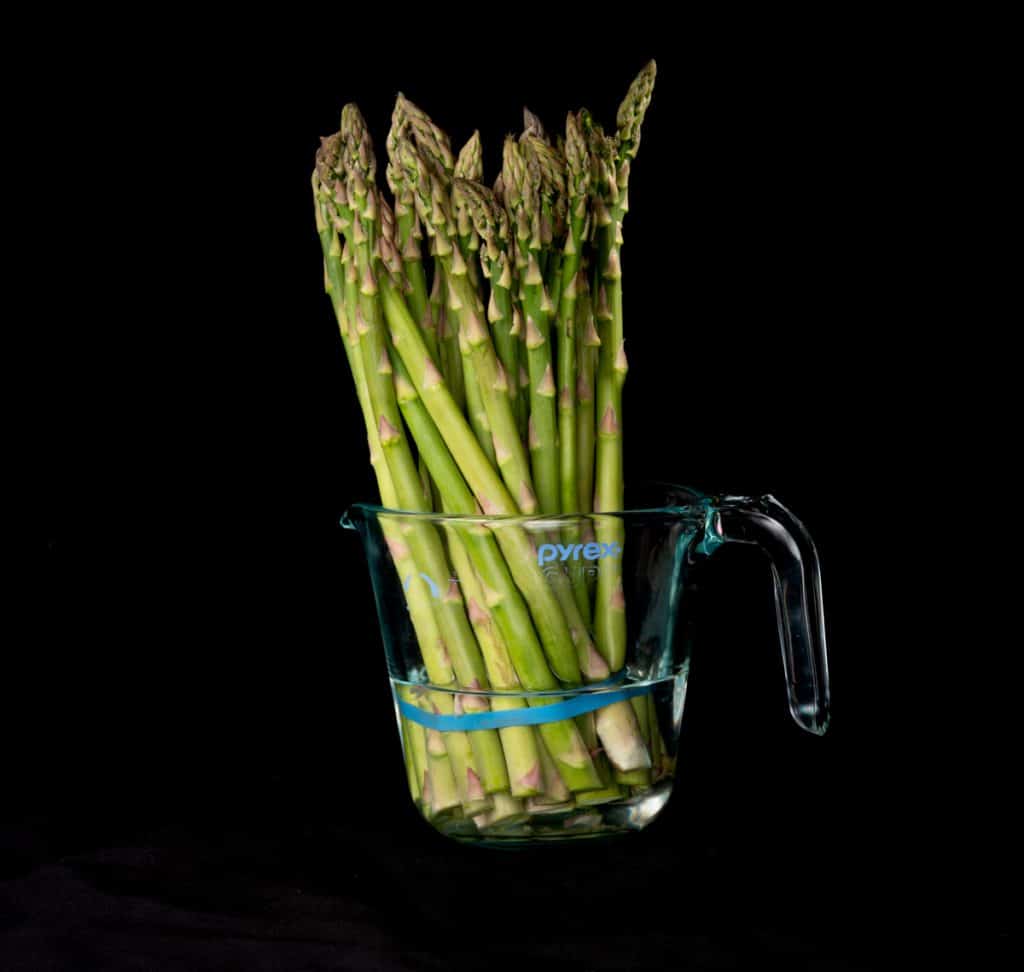
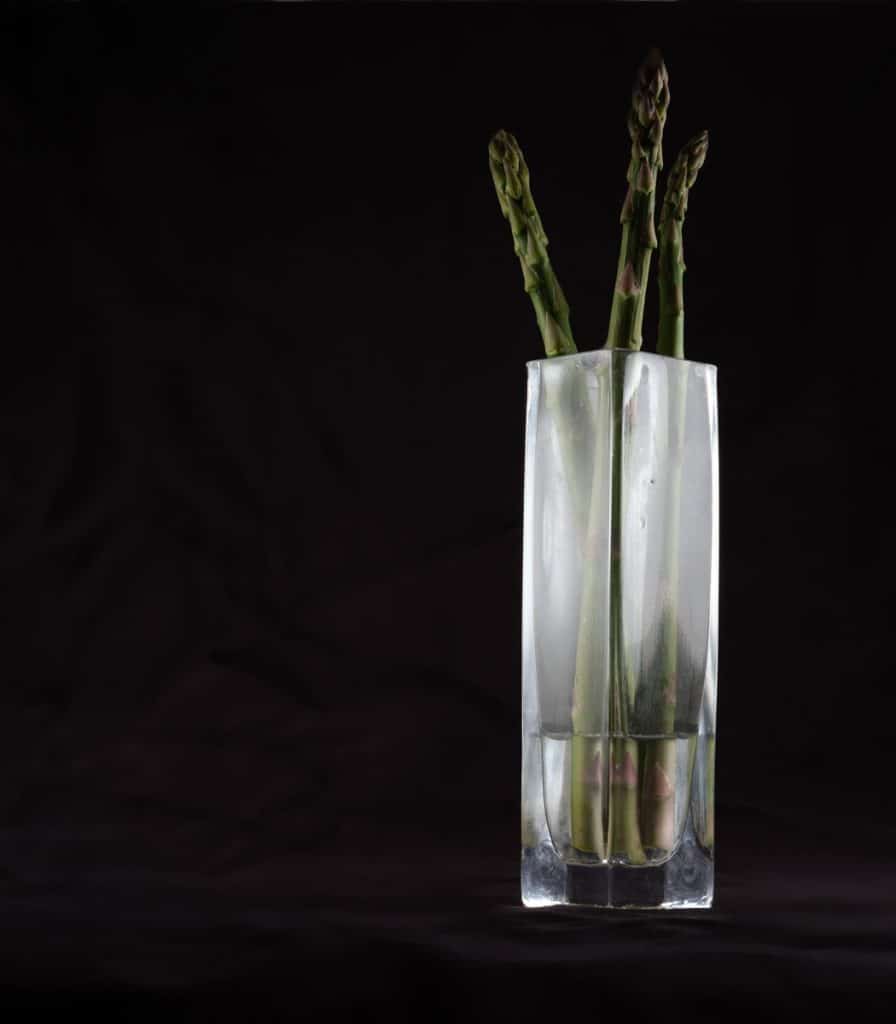
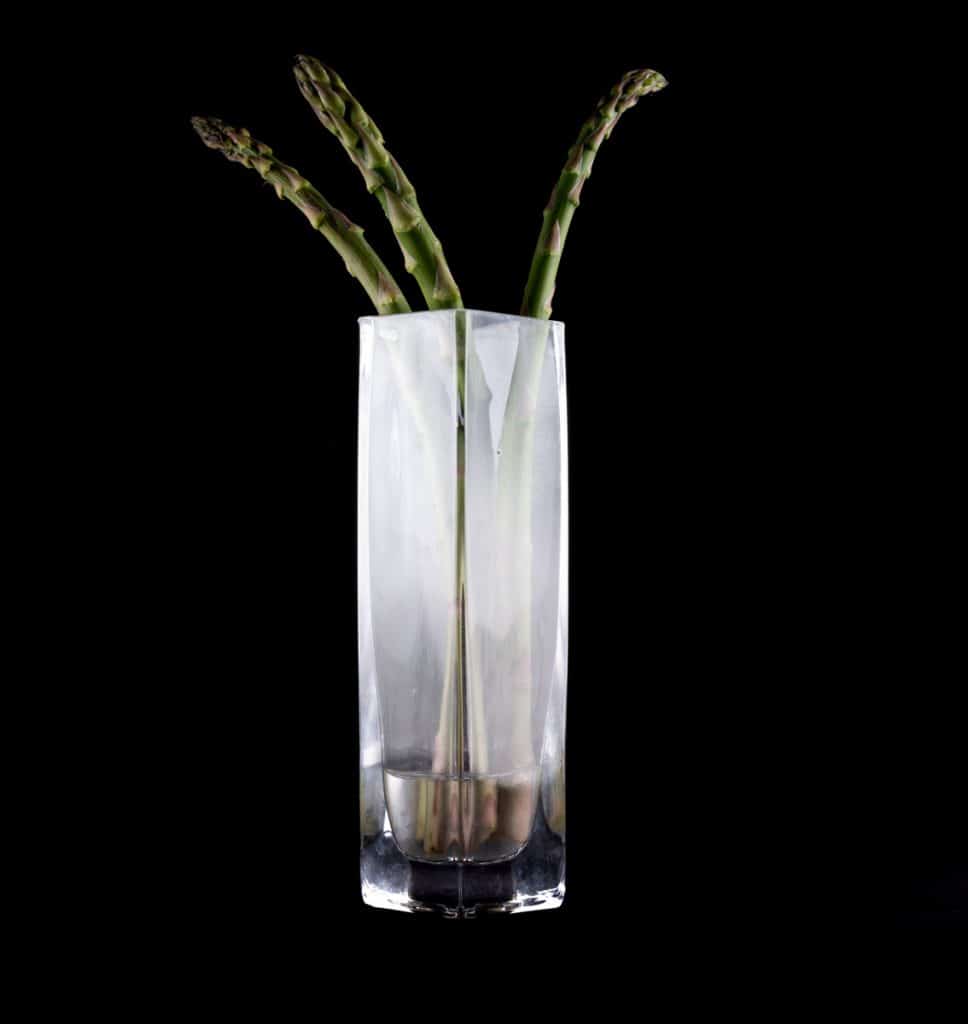
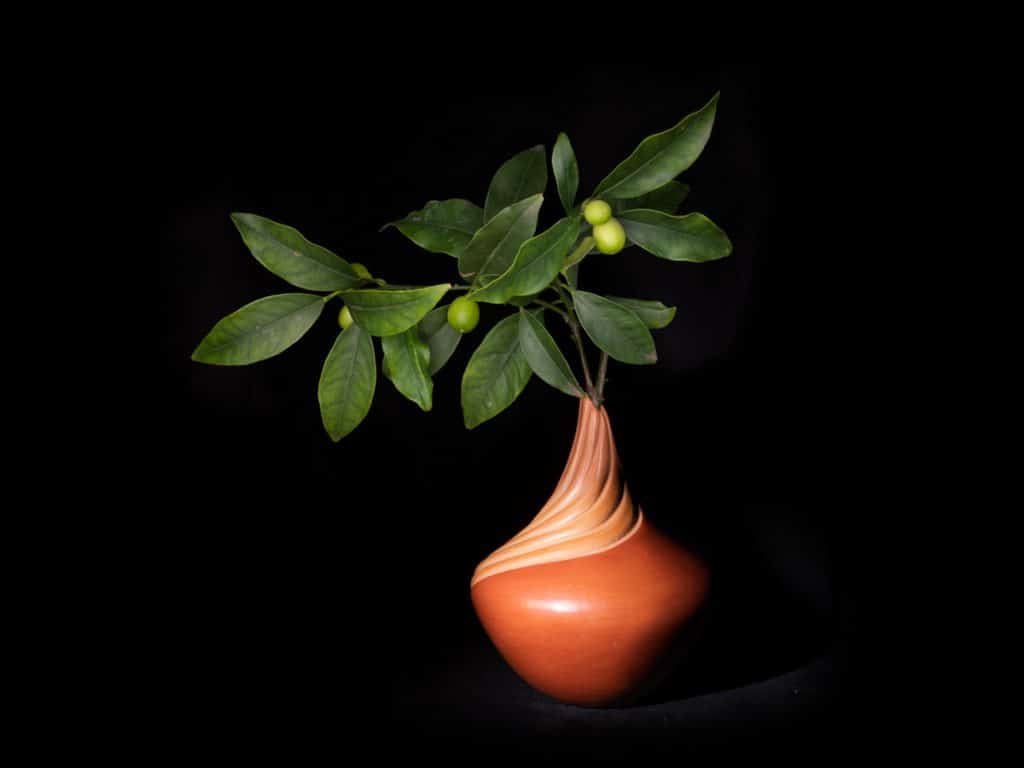
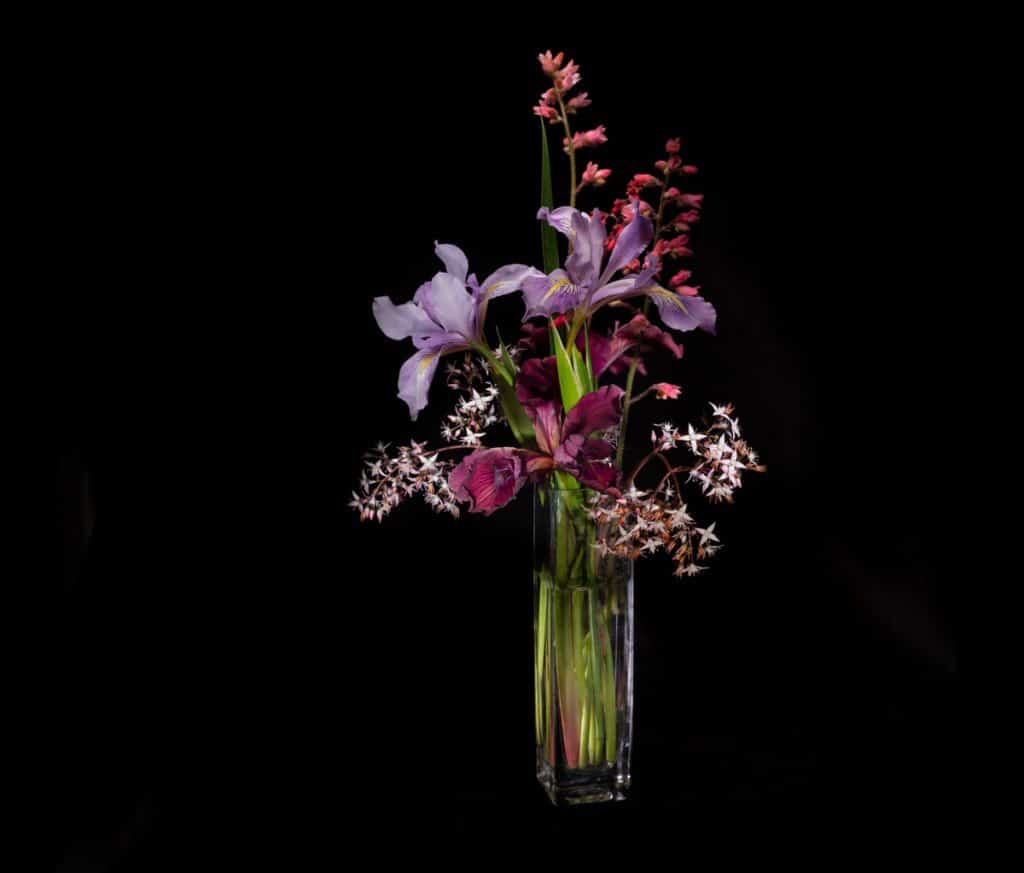
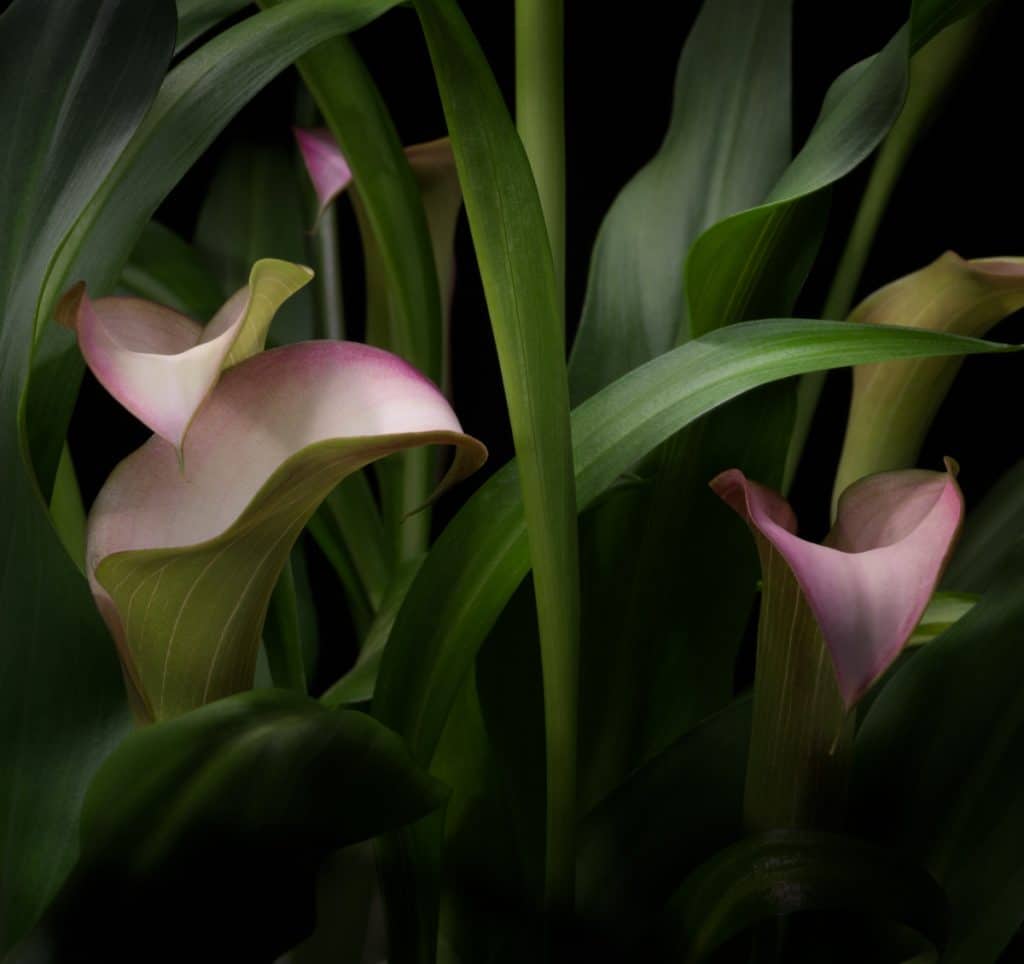
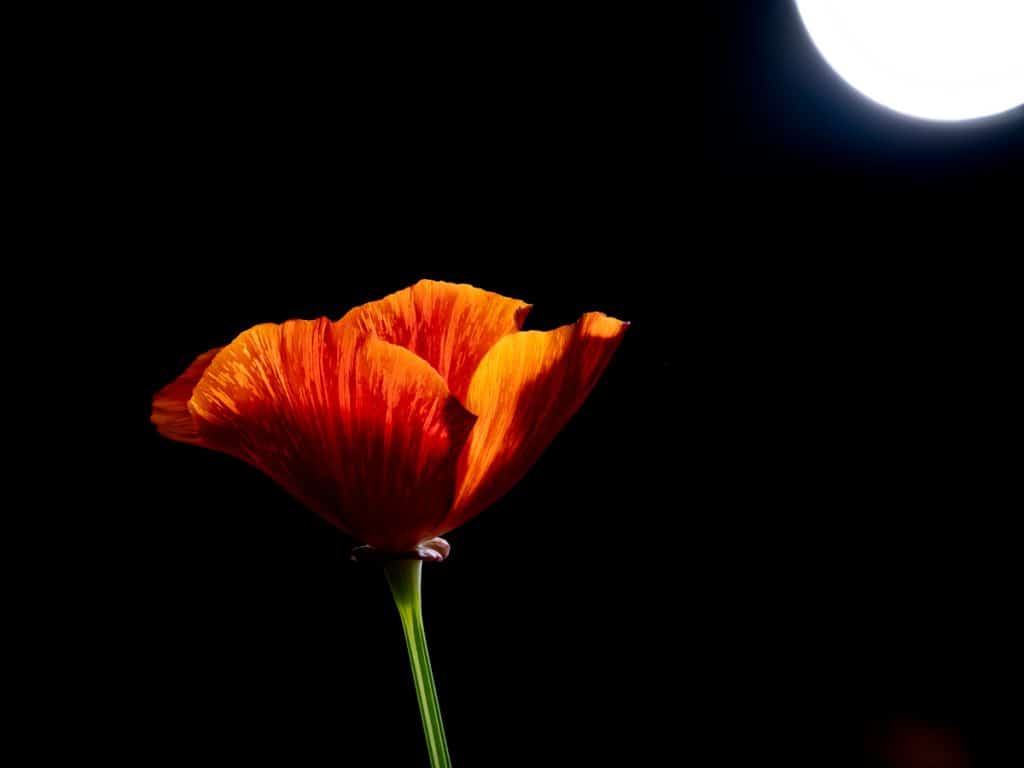
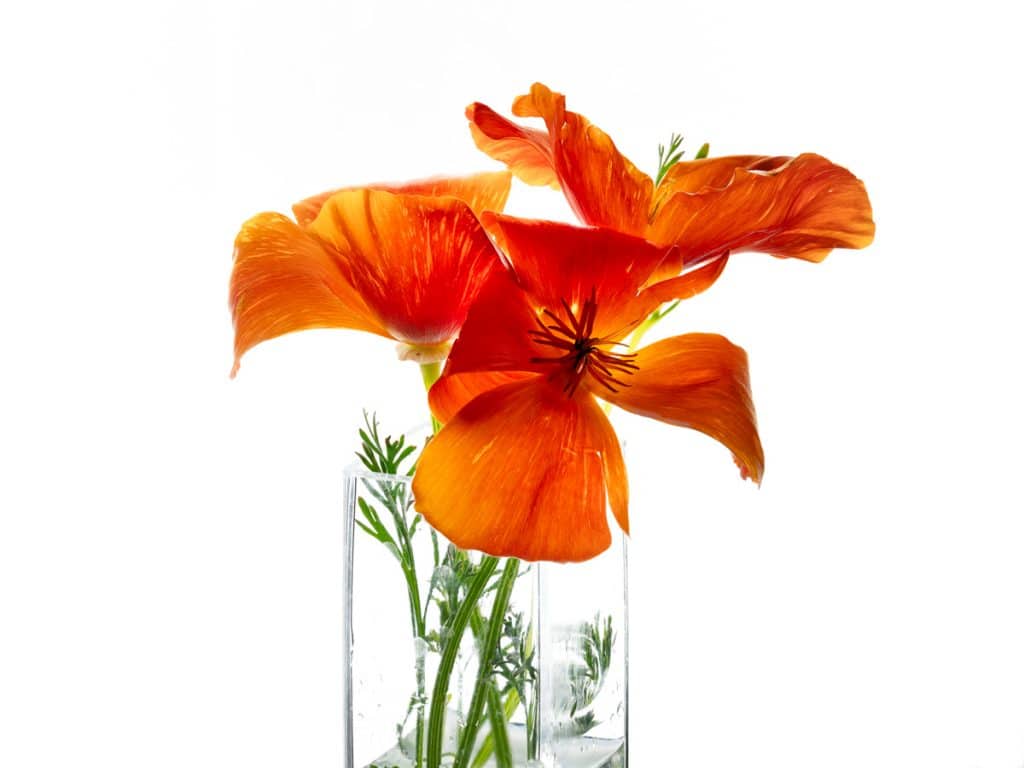
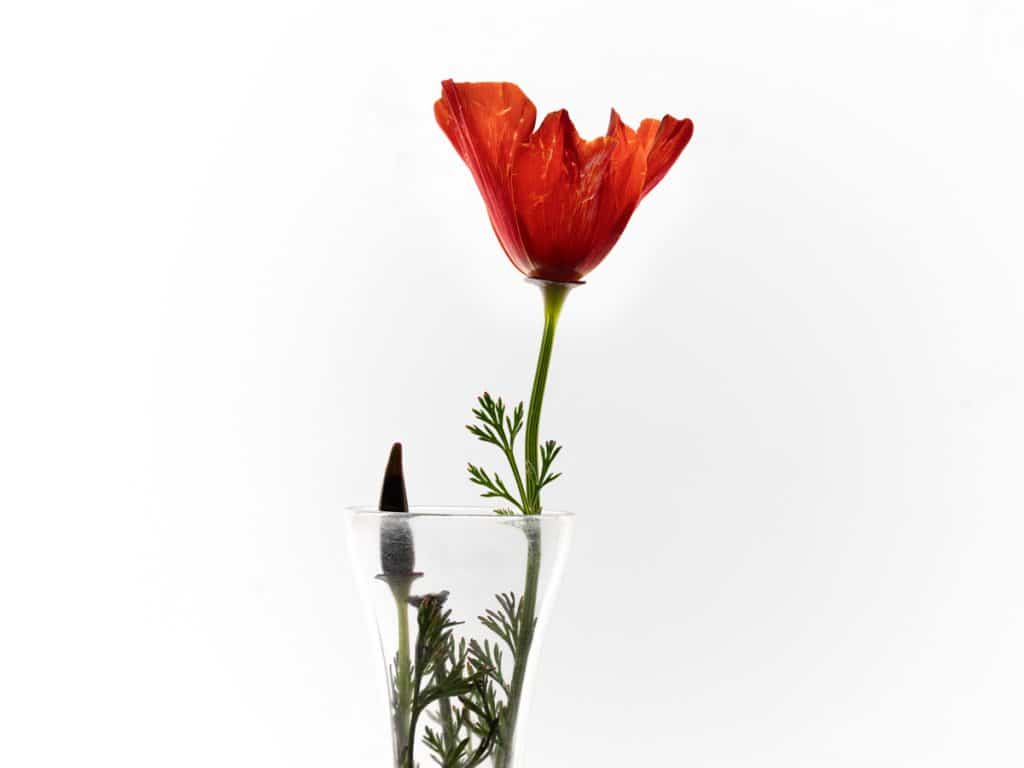
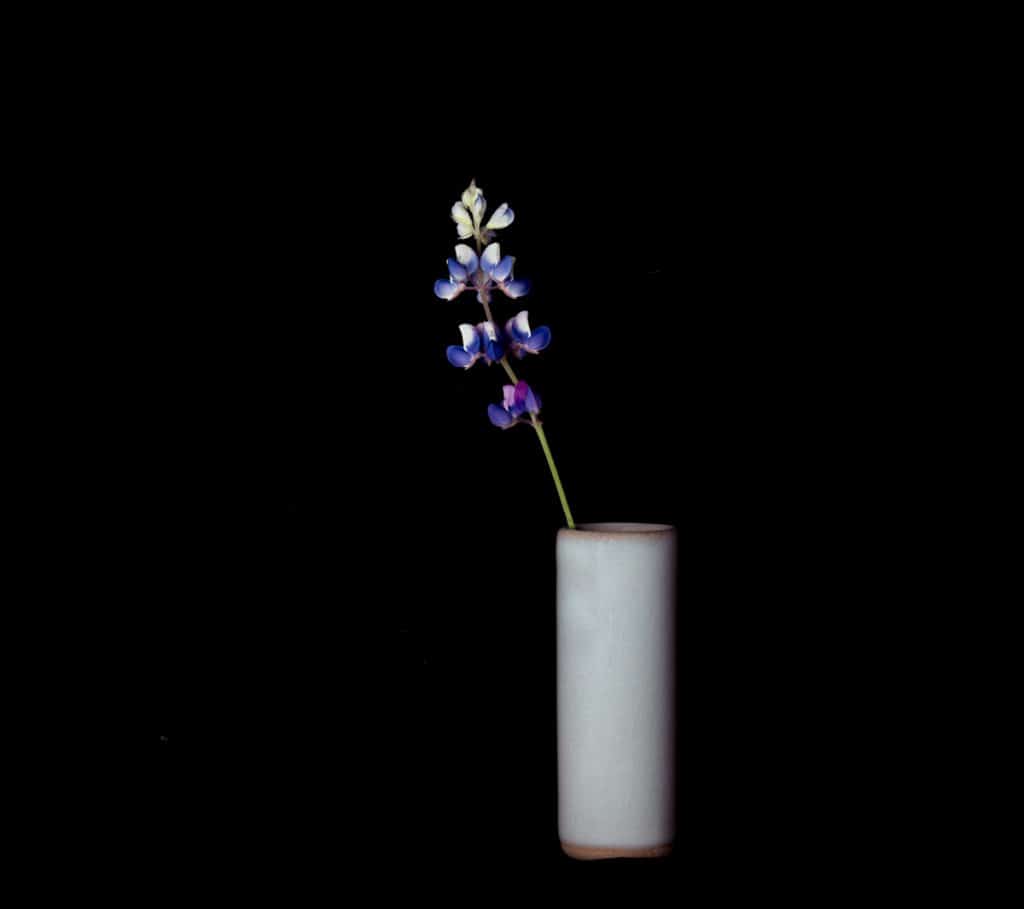
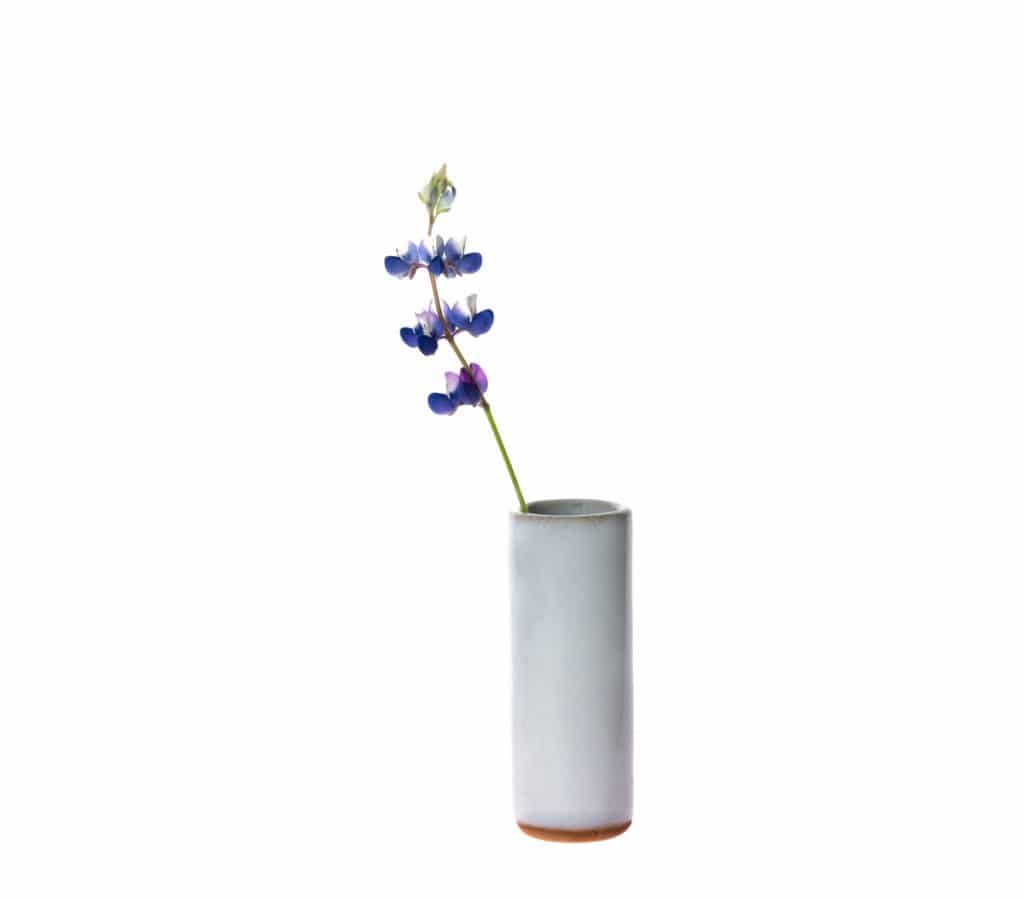
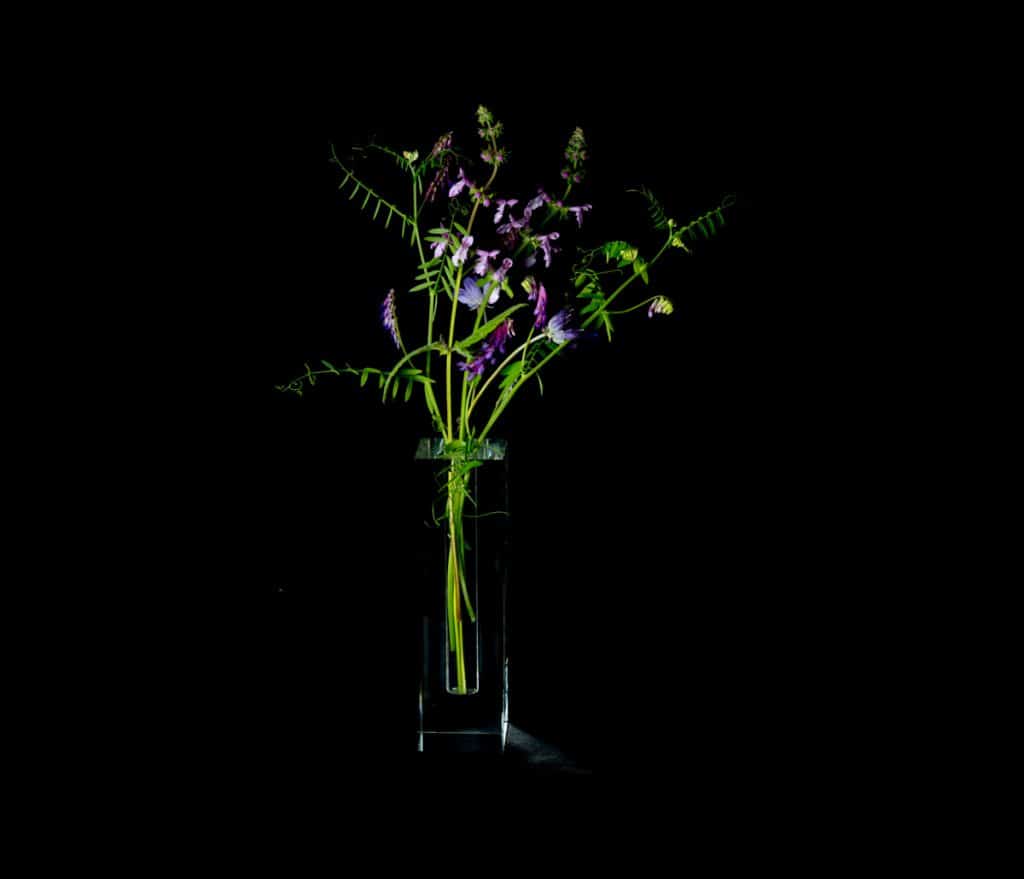
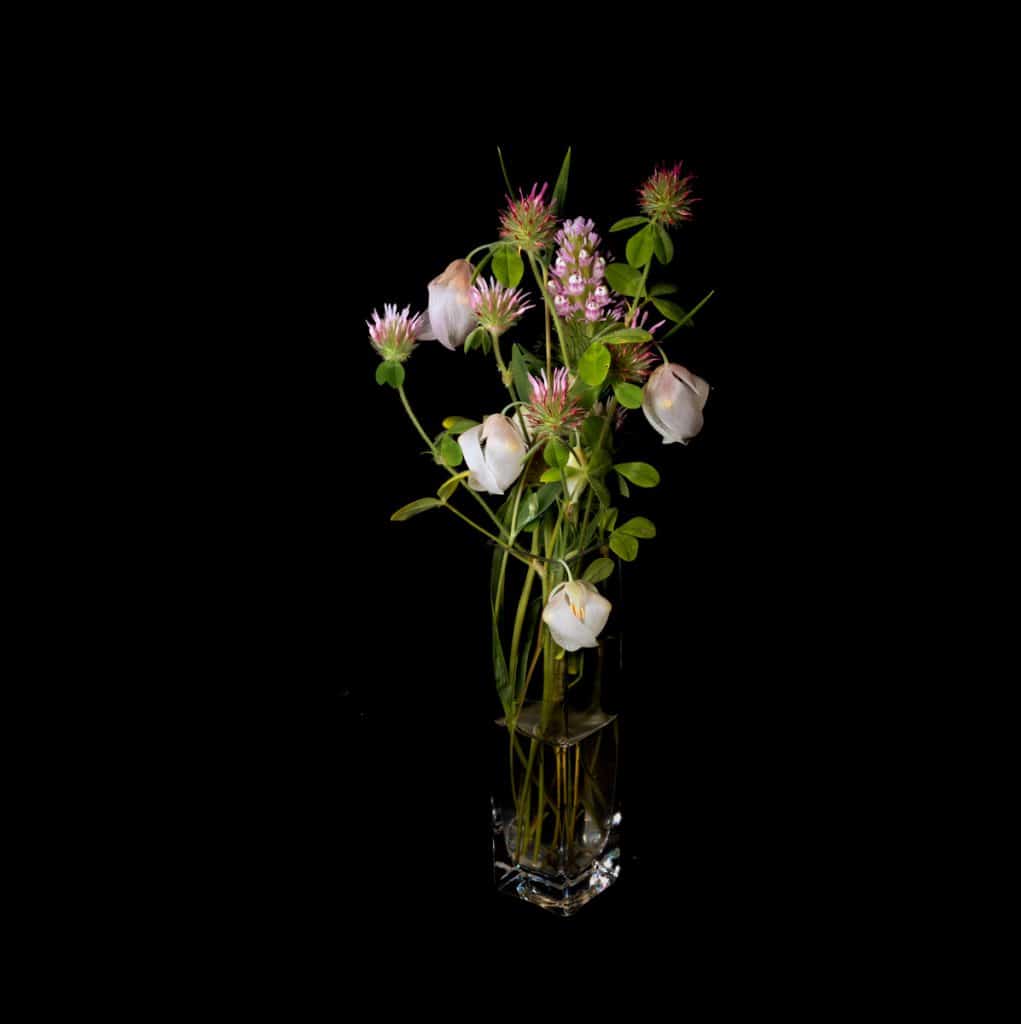
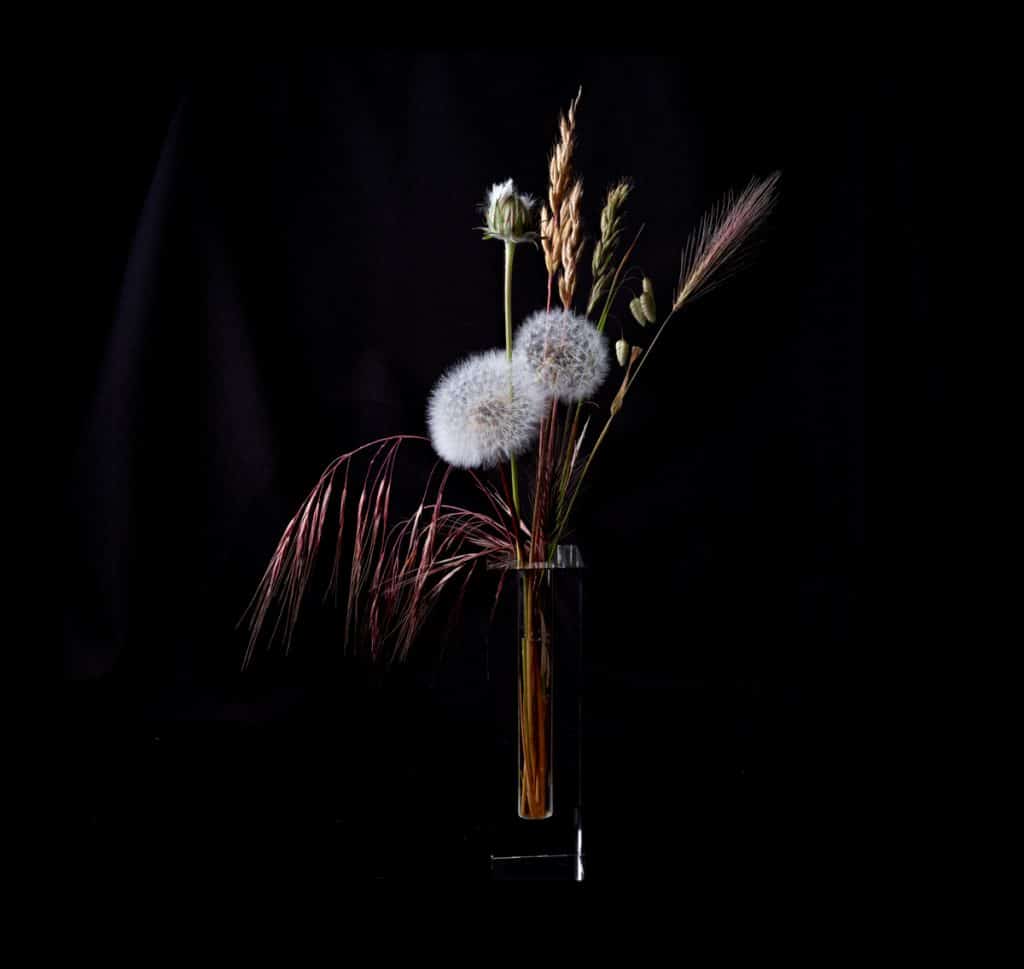
“I’ve been using white and black backgrounds, varying the lighting accordingly.”
According to the background. Why?
Just trying to keep things simple, at least at first. Simple backgrounds also allow “negative cropping” (the cropped image is larger than the uncropped one).
If I lived where you live, I’d buy a Porsche 911 cabriolet and go out for a drive every day. Take your camera with you. You’ll probably see something you want to photograph, even if its just your Porsche in front of some background.
Or maybe you’ve already doing this….
I’ve had a succession of 911’s, both air and water-cooled (actually, the ones advertised as air-cooled seemed to be mostly oil-cooled). They are fun on track days, but I’m too old for them. After a bouncy, noisy driving trip to and from Portland (OR, not ME (shudder)) a few years ago, I sold the last one. I now drive an S6. It’s my second-favorite car ever, behind a 1980 928 in a special-order color called Anthracite.
Jim,
You’re way cooler than I thought.
But I might be projecting a little… also coming from a lineage of 911s and a 928.
Back in a 911 C4S cab now and looking to buy a 928 to track.
You’re never to old to drive a Porsche and when you go back to get your next one, you will feel 20 years younger. That’s what’s happening here.
A 991.2 might be the perfect mix for you. All the 911 you could ever want with a lot of the 928 GT feel to it.
Test drive soon ?
I used to hoon around on public roads, but years ago some track time cured me of that. Once you experience the limits of a fast car on a track (if you’re not a real racer and probably if you are) you realize that exploring those limits on public roads is downright crazy. One of the things I never did get comfortable with about the 911 was that all your fear-generated instincts are wrong. You need to force the weight transfer to the front wheels. You need to avoid lifting when every instinct is telling you to back off that throttle. There is one very good thing, though, in a corner you can get back on the power sooner than with almost any other street car, even well before the apex. But there’s an old slogan that is applicable to the 911: “It’s more fun to drive a slow can fast than a fast car slow.” I never owned a 4WD Porsche. In spite of what I said above about instincts, I liked moving the COG to affect the handling.
Hi Jim,
Interesting discussions on your small studio setup, Porsche & very nice images BTW!!
Have a couple 911s, 997 Twin Turbo and 993 C2. Got my 1st Porsche in 1986 and that’s all I’ve driven since, love the handing and “feel” of the 911. Was thinking of setting the 993 C2 up as a track car, but since it’s appreciating, and the last of the air cooled 911s, can’t bring myself to put it in harms way!!
I do a lot of macro work (chip images with sometimes massive stacks) and found the Adorama (Godox) Strobes to be very good & reliable (had 3 Neewer strobes actually explode due to my abuse!). Have a few AD600 (older version) and a bunch (8) of the Studio AC300 (Godox SK300II), the AC300 are used mostly for macro work. Being an EE (Chip designer) I tend to take everything apart and analyze the circuit designs and construction, the AC300 are quit nice and affordable. They also have a uniformity spec which most low cost strobes don’t.
Looking forward to see how your focus stacking progresses with GFX50s.
Best,
Mike
Jim,
Do you have more racing photos ? These are pretty cool – Hall, Donahue, etc. Lots of famous names and cars from that time (early 70s?)
https://www.kasson.com/gallery/auto-racing/#gallery/1135/320
I worked for Tom Mongomery and Competition Press and Autoweek in 1967, 1968, and the spring of 1969. Then I changed jobs, moving to hp, and didn’t have time for racing photography. I have hardly any images from then. Competition Press collected the film at the Start/Finish line after the races, and was pretty casual about returning negs to Tom, who in turn was casual about returning them to me. In addtion, I’ve lost most all of them over the years. Almost all the images I’ve posted here are from three rolls from a single race, the May 1968 USRRC at Laguna Seca, brutally overdeveloped by Competition Press, as was their habit. I discovered the negs in a drawer a couple of years ago. I would usually go through a brick of film at a race, from Friday practice to the Sunday main event, about fifty-fifty CPS and Tri-X, so this is a small part of the images from a very small part of the auto racing photography that I did.
Jim, I thought I might suggest looking at the “stacking” work of Michael Erlewine
which might be of interest for your studio effort if you have not already seen it. Look on Nikongear.com for his floral stacks. (You don’t need to be a member.) Michael has made some stacking tutorials available to anyone interested. Best regards – Andrea B. (UltravioletPhotography.com)
I’ve been aware of Michael’s work for some time, as he is a regular and generous contributor to LuLa. He and I have different approaches, however.
And I forgot to ask in my previous post — what do you use for the white studio background? Thanks….
Andrea B.
This:
https://www.bhphotovideo.com/c/product/121878-REG/Smith_Victor_402018_Shooting_Table_with_Plexiglass.html
jim
Thank you for the link to that nifty shooting table. I think I could use that for some of the floral UV-signature work. It’s not all done outdoors.
One more question: Are there any reflection problems from the Plexiglass? There certainly don’t appear to be any in your excellent studio shots above. Thx again.
If I have reflection issues, I use cross-polarization, with one direction on the light source, and the perpendicular direction on a filter over the camera lens.